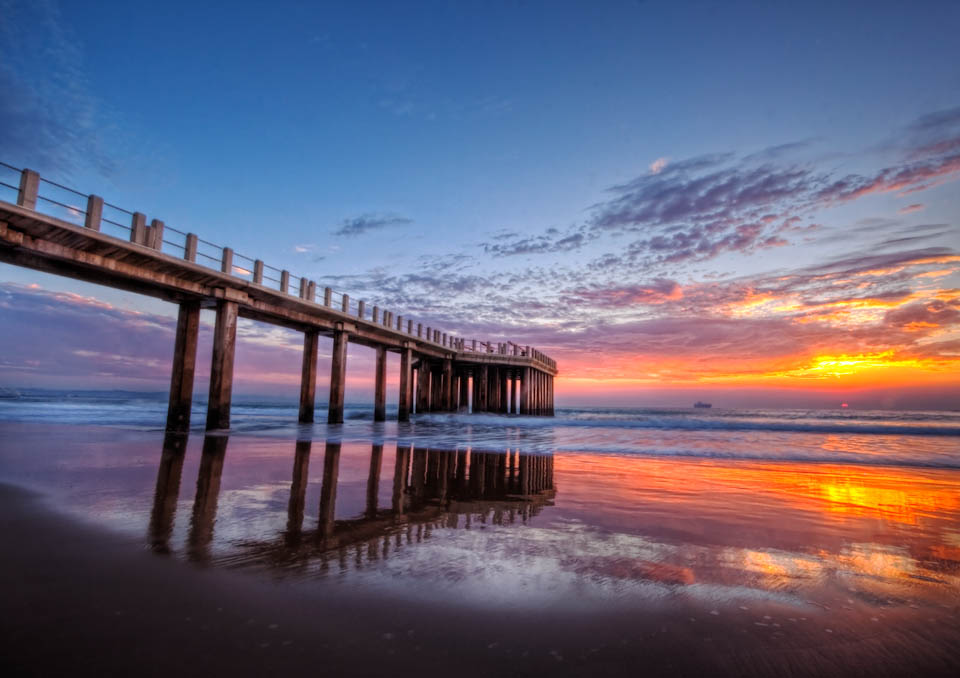Features of the DSLR camera
- DSLR stands for digital single lens reflex.
- One lens and a mirror, reflects the light, where pictures are recorded on a digital card instead of film.
1. Automatic settings: are to get accustomed to the camera.
Set the dial to green automatic mode and make sure the lens is set to automatic focus, (af) make sure it is not manual focus (mf). Then push the shutter button halfway and the camera will automatically focus on the subject.
2. Exposure: is the amount of light, a digital camera sensor captures when a photo is taken.
Overexposed: is when too much light is exposed and results in a washed out photo.
Underexposed: When too little light is in the room and the photo will become too dark.
3. Aperture: controls the size of the lens opening, which allows how much light into your camera.
4. Shutter speed: Shutter speed setting controls how long the shutter is open, to expose the image sensor to light.
The lower the ISO, the less sensitive the sensor will be and therefore the darker the image will be.
Set the dial to green automatic mode and make sure the lens is set to automatic focus, (af) make sure it is not manual focus (mf). Then push the shutter button halfway and the camera will automatically focus on the subject.
2. Exposure: is the amount of light, a digital camera sensor captures when a photo is taken.
Overexposed: is when too much light is exposed and results in a washed out photo.
Underexposed: When too little light is in the room and the photo will become too dark.
The camera's aperture, shutter speed and ISO settings directly affect exposure.
3. Aperture: controls the size of the lens opening, which allows how much light into your camera.
- Shallow depth of field: when the foreground and background is blurred.
- By opening up the aperture with a low f-stop number.

- Wide depth of field: where the photo is kept sharp from the foreground through background. By closing down the aperture with a high f-stop number.
4. Shutter speed: Shutter speed setting controls how long the shutter is open, to expose the image sensor to light.
- To freeze a moving subject: Open the Shutter with a fast shutter speed (for a millisecond.)
- The fast shutter speed- meaning that the shutter will only open for a short period of time, which allows less light in, to capture the moving subject.
- Fast moving subject:You can show movement of a fast moving subject by keeping the shutter open for longer - with the use of a slow shutter speed.
- A slower shutter speed - meaning that the shutter will be open for longer. Therefore more light can reach the image sensor and photos taken of a moving object will be blurred.
5. ISO: Is how sensitive your image sensor is to the light.
-
The higher the ISO, the more sensitive the sensor will be - the brighter the image will be.
Using a high ISO in low light will produce a grainy image, so it is best to use the lowest
The higher the ISO, the more sensitive the sensor will be - the brighter the image will be.
Using a high ISO in low light will produce a grainy image, so it is best to use the lowest
Using a high ISO in low light will produce a grainy image, so it is best to use the lowest
- ISO possible and adjust the brightness of the photo using other elements such as Aperture and Shutter speed.
The lower the ISO, the less sensitive the sensor will be and therefore the darker the image will be.







No comments:
Post a Comment